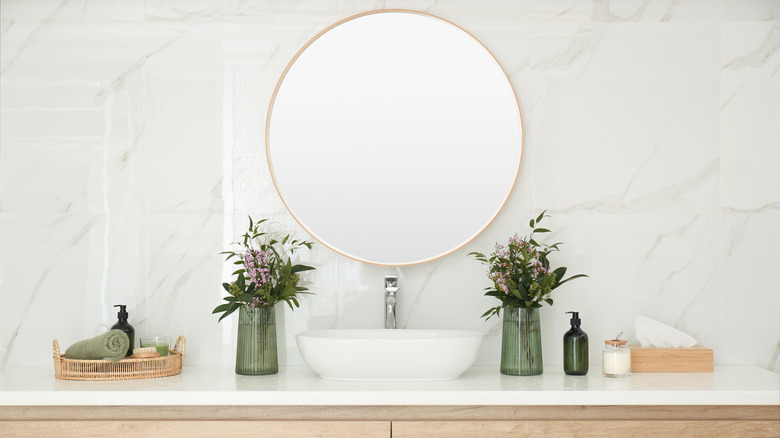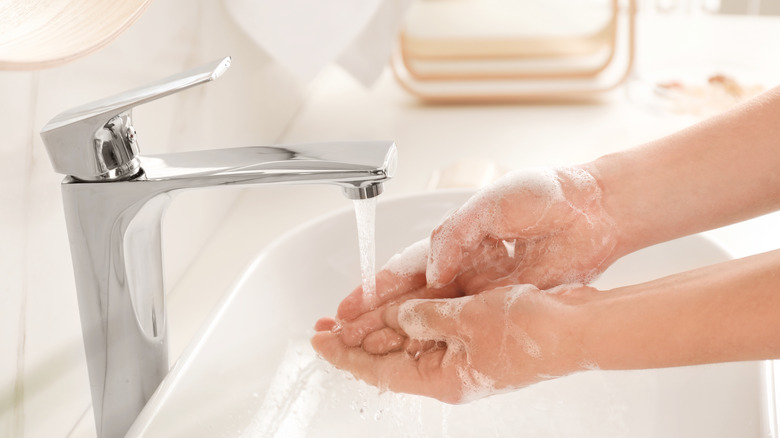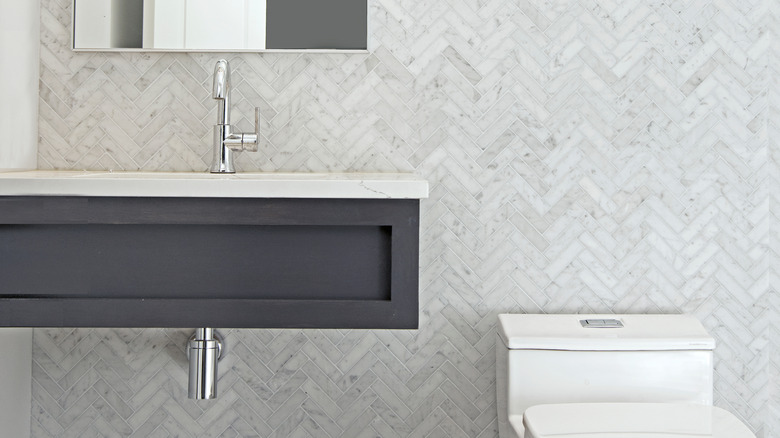What Is The Right Height For A Bathroom Vanity?
When redesigning your bathroom, one thing to take into consideration is choosing the perfect height for your bathroom vanity. This central feature needs to be comfortable to use and visually appealing. However, the ideal positioning depends on several factors, including the user's height, one's personal taste, and the room's design features. There are nearly unlimited options available to homeowners, so knowing how to choose the correct height is essential.
Of course, the height of your bathroom mirror should also be considered. A common rule of thumb is to hang the mirror at eye level, typically around 5 feet for an average-sized person. However, if your vanity is higher or lower than average, you may want to adjust the mirror in order to compensate for this.
By understanding that the ideal height for a bathroom vanity depends on several factors, and by considering what these factors are and weighing the pros and cons of standard and custom heights, you can choose the perfect option for your bathroom.
Standard Heights and Custom Options
There are two ways to go when it comes to bathroom vanity heights: standard and custom. Standard heights are based on the average human height and would generally be suitable for most people. According to Signature Hardware, most vanities sport a height of 32 to 36 inches, which is the average for most kitchen counters. It may also be worthwhile to measure the height of your kitchen sink; if you find it's set at a comfortable level, that will give you an idea of your preferences. However, a customized vanity may be your best bet if you are taller or shorter than average.
Quite a few options are available for people who need a custom size. For example, shorter users may prefer a vanity that is 28 inches tall, while taller people may prefer a vanity that is considerably taller than 36 inches. Remember, if it sits just above your waistline, you won't need to bend down to wash your hands. Custom heights can be achieved by using adjustable legs or ordering a custom-made unit. However, it's important to note that custom designs may be more expensive and may require more time and effort to install.
Factors to Consider When Choosing a Vanity Height
The vanity's primary purpose will influence the height you choose. For example, if it will be used for applying makeup or doing other tasks that require precise hand movements, a lower height may be more comfortable. On the other hand, extra height may be ideal if the vanity primarily serves as a place to wash your hands and brush your teeth.
Something else to consider (via Inspired to Style) is the type of vanity you will be installing. For example, if you opt for a vessel-style design, the height of the sink's top lip and countertop are both critical factors to take note of since they will differ. Thus, be sure to take precise measurements before you buy. On the other hand, a modern bathroom with clean lines and a minimalist design might benefit from a floating vanity, which is mounted directly to the wall and does not have a base. This can create a sleek, streamlined look and make it easier to clean underneath. It also eliminates the need for a custom-made fixture, as you can situate this style wherever it is most comfortable for you — depending on your bathroom's plumbing setup.


